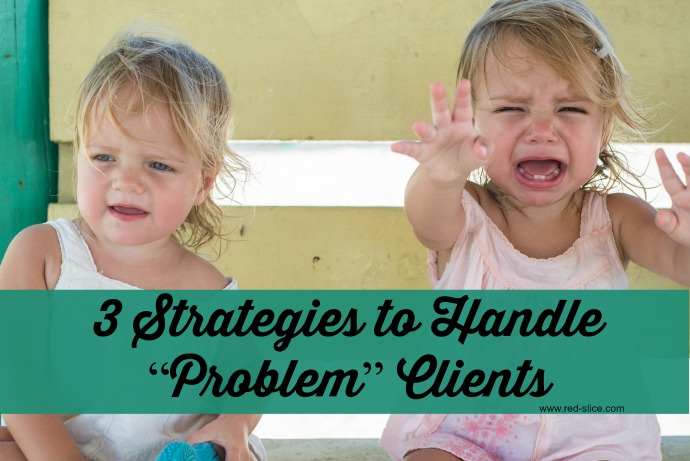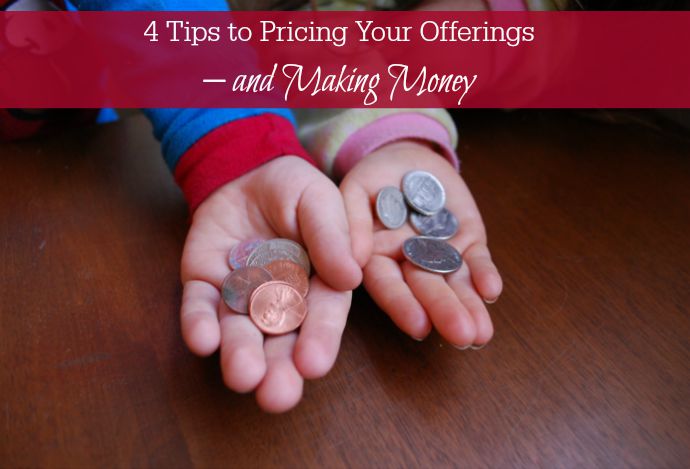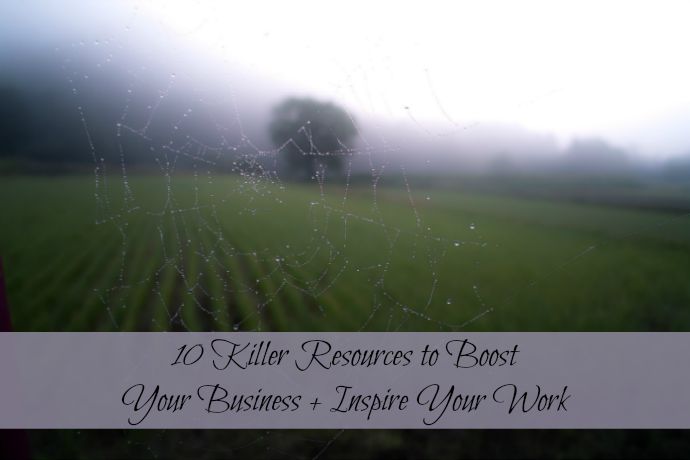I like things tidy…do you? While I’m considerably less organized as a Type A personality than I used to be prior to my brain injury, I’m still an organization freak. My biggest pet peeve is the jumble of wires behind our TV that is now our hub for cable, internet, phone, game consoles and more. The sight of it literally gives me a headache.
But my obsession with organization is a huge benefit for my clients. One of my superpowers is being able to connect dots that no one else can see to create a clear, crisp narrative.
My clients often have an enviable problem: they are interesting people with many passions and skills to offer the world. And they are full of ideas on how to do it. Which is all great. Until you confuse the heck out of your target audience.
First step to clarity? Understand that not everything you love has to be a part of what people pay you to do (TWEET THIS!)
If you have ever asked, “How do I combine everything I do under one brand?”, here are 5 steps to tie everything together:
- Take inventory: Write down every offering or skill you currently, or would like, to showcase to your market. Seeing things on paper is a big step to getting it out of your head and into some sort of system.
- Identify the common threads: Trust me, there will be some. How do I know? Because they are all stemming from one person or company with its own unique personality! If you are drawn to offering different types of things, there is something linking those all together for you, whether it be a theme, audience or product/service “type”: Do you see a pattern across all your offerings and interests about healthy living? Storytelling? Connecting women? Transformation? Solving complex tech problems? Fine design? What is it that runs through everything?
- Define your core audience: If many of your offerings can serve the same audience, great! But if they are all targeting completely different ones, you may have to pare down and get focused. It’s going to cost too much time and money to build your reputation among so many disparate audiences. Plus, people will get confused as to if you are right for them. Focus on the low hanging fruit.
- Determine a compelling “Brand Umbrella”: What is the overarching theme that ties everything together? When you find the right one, you will see that you can easily fit all your offerings and passions under that umbrella in a way that makes sense to people. Brands you know and love offer tons of products or services but usually under the same brand umbrella: Method is all about pure cleaning products that don’t harm the planet. Dove is about real beauty and healthy skin. Alexandra Franzen is about writing and self-expression. Hiro Boga is about building a soulful business.
- Purge: Anything that doesn’t fit. Maybe those are not your business’ core offerings but simply personal passions. Your brand umbrella can help you find your creative brand hook that can lead to a snazzy title, a unique company name, a signature touch or a unique visual device (juicy fruit that is irresistible to resist, perhaps?!).
For example, I determined a while back that my brand umbrella was “irresistible storytelling.” I help clients tell compelling stories, I speak at companies and conferences, I write books…I even enjoy acting and voiceover work, which is all about storytelling and even wrote food and wine articles for websites and print – but these are not the core ways I make my money. So I shifted that from an “offering” category to a “passion” category – and now use that personal interest to add color and life to my work.
Personal passions that have nothing to do with how you make money can also be called your Swirl, as publicity expert Melissa Cassera says. This is what gives your work a unique voice and flavor. You can color how you do the work you do with these unique interests. My love for wine and past wine writing experience does not mean I have to go out an create an entire company or offering as a “wine writer.” But it makes my stuff a lot more interesting to read!
A wise coach once told me, ‘You can do everything you want to do. You just don’t have to do it all right now or even with this evolution of your business.” (TWEET THIS!)
Truth.












